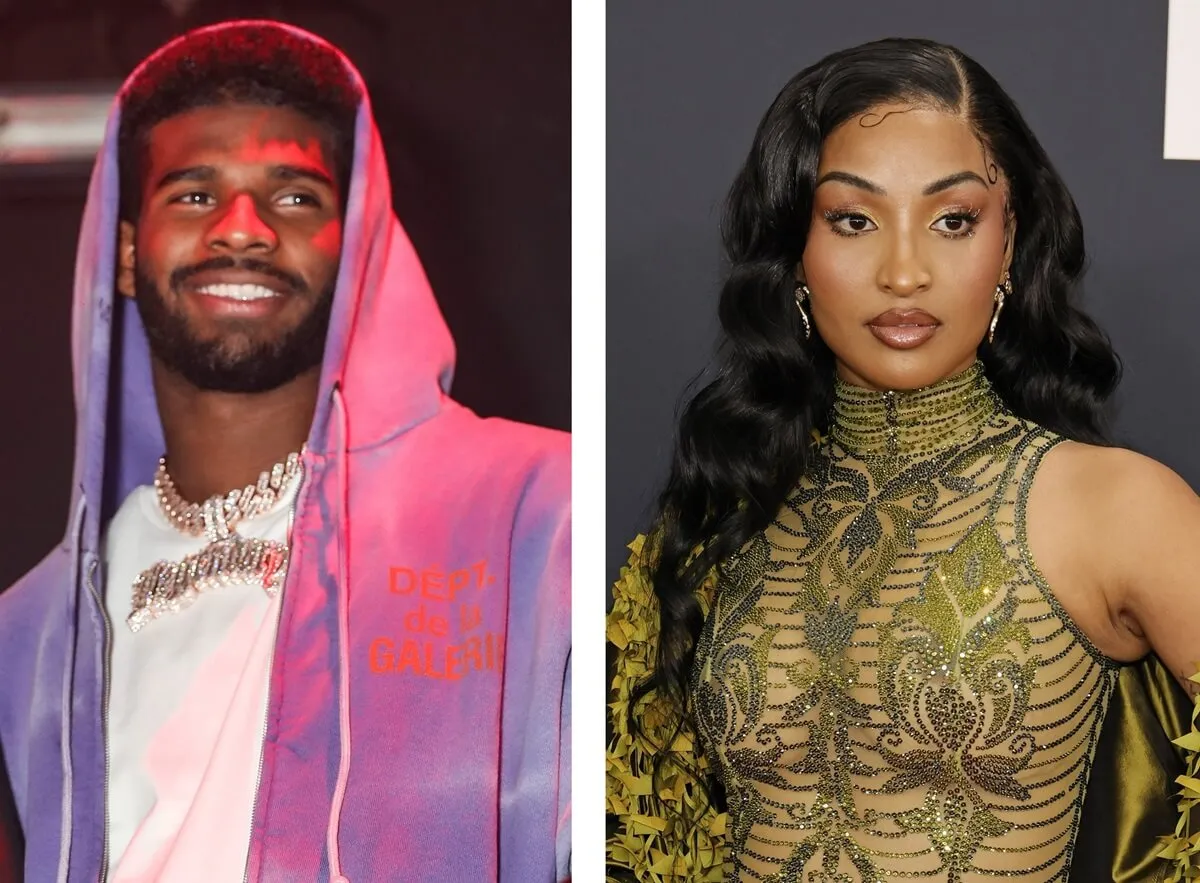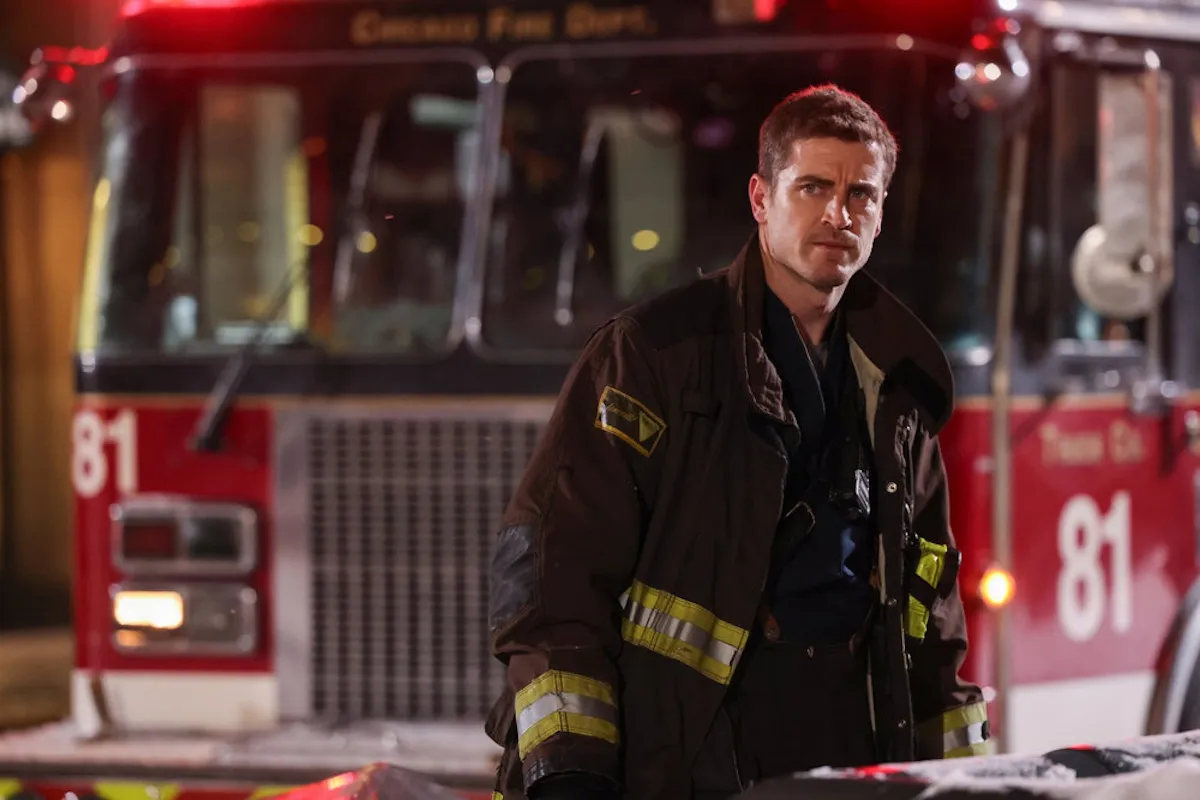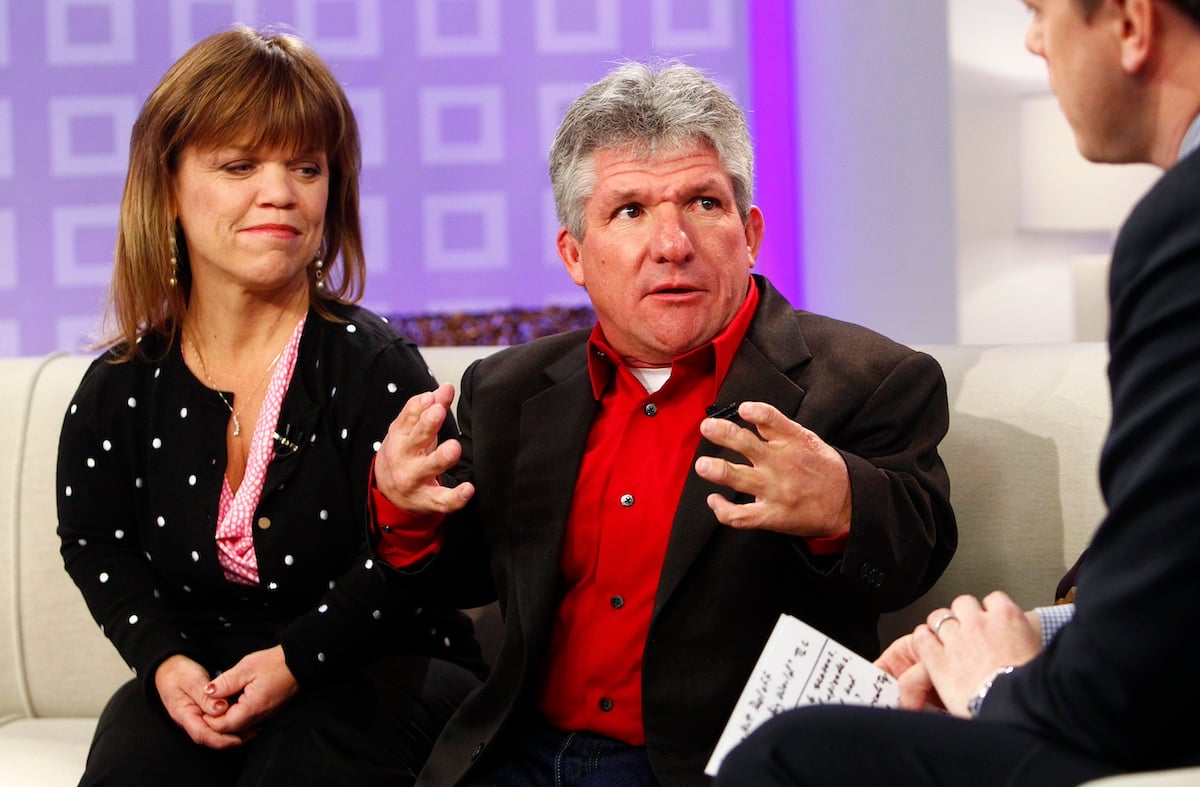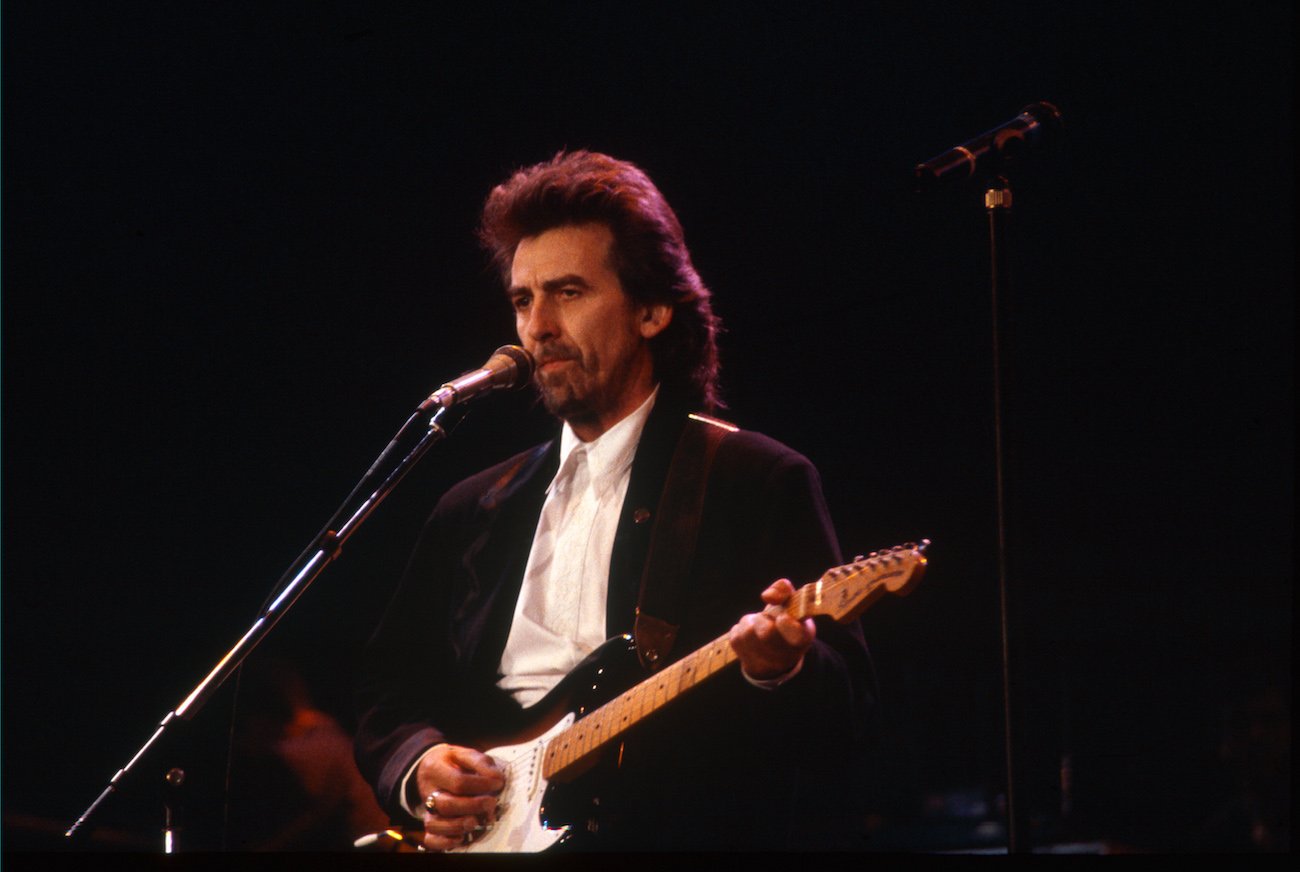
George Harrison Was Nervous Working With the Directors of His ‘When We Was Fab’ Music Video: ‘10% Was a Bit of a Grey Area’
George Harrison surprised the world with 1987’s Cloud Nine, his first album since 1982’s Gone Troppo, but he shocked fans even more with “When We Was Fab” and its music video. The guitarist never shied away from expressing sometimes negative views of his former group, The Beatles. However, by the 1980s, George had come to terms with being one of the Fab Four and found himself wanting to pay homage to that period through song.
Fans welcomed George’s ode to The Beatles and its kaleidoscopic music video packed with tons of Beatles Easter eggs. The “When We Was Fab” music video is one of George’s most famous, but he was initially nervous about it.
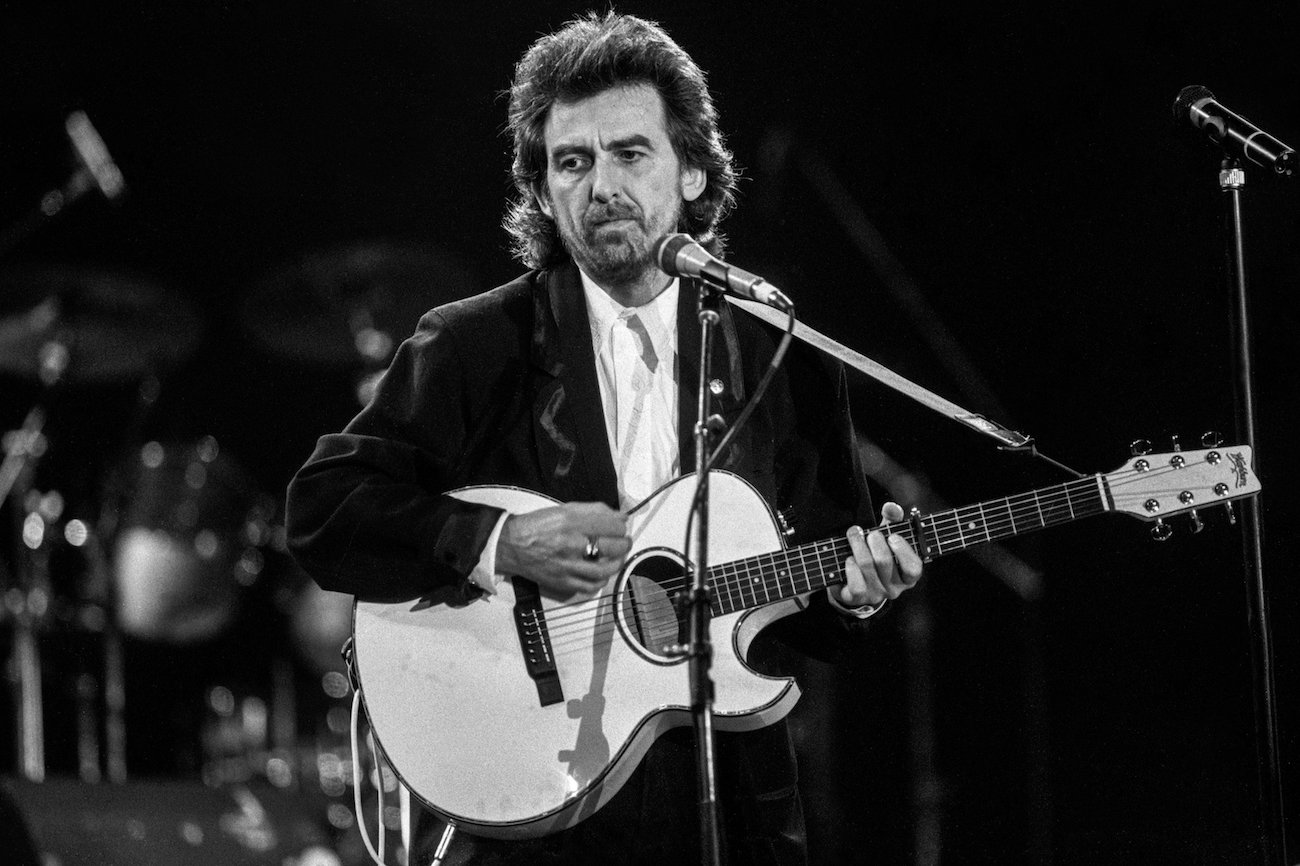
George Harrison evoked the spirit of The Beatles on ‘When We Was Fab’
Being Beatle George was hard. It was a constant push and pull between screaming fans and not being able to stretch his creativity to its fullest. Yet, George made the best of it as much as he could. When the band broke up in 1970, George was free. He mostly gardened and only played and performed music when he wanted.
By the 1980s, everything had settled, and he’d come to terms with being a Beatle. He entered the studio in 1987 to record Cloud Nine and suddenly wanted to create a song that evoked the spirit of his old band.
George told Goldmine that he wanted “When We Was Fab” to be “reminiscent of that period.” He even used sounds from that time; the cellos, the backward bits, and the stars. “It was like a whole collection of impressions, a montage of that period,” George said.
George told Musician Magazine that chords from two Beatles songs influenced the tune’s sound. “But the idea was that it would evoke a Fabs song,” George said. “It was always intended to be lots of fun.”
George was nervous about working with the directors of his ‘When We Was Fab’ music video
For the most part, George knew how he wanted “When We Was Fab” to go. However, he was a little apprehensive about the music video, which Kevin Godley and Lol Creme directed.
During a 1988 interview with MuchMusic, George said it was very nice making the song’s music video. Still, he was a bit nervous “because Godley and Creme are a couple of looneys, especially Lol, and they’re very sweet, but I wasn’t sure if they knew exactly what they were doing,” George said.
“And I found out they knew sort of 90% what they were doing, and the other 10% was a bit of a grey area. But it was good, very funny. I asked them to come up with an idea. Played the song, I said, ‘Just go home and smoke something and listen to this and come up with an idea.’ And they came up with that idea.”
However, the directors then started doubting themselves. “Then, after a few days, they started panicking. They said, ‘It’s not going to work, it’s not going to work!’ And they tried to get out of it, and I said, ‘Don’t panic, now.’ Because I had to do it, I had three, four days before Christmas, and it had to be done.
“So I said, ‘Just go for a walk in the garden, have a cup of tea, calm down, and then I’ll talk to you in an hour.’ I talked to them in an hour, and he said, ‘Yeah, I think it’ll be OK.’ Good.”
Fans thought there’d be a Beatles reunion in the music video
For some reason, fans’ imaginations ran away with them when they heard George was making a Beatle-like music video with fellow Beatle Ringo Starr. They thought that Paul McCartney would also join and claimed he would make a cameo dressed as the walrus. This wasn’t the case.
Even though Paul didn’t show up as they thought, fans loved George’s music video for “When We Was Fab.” It became one of his most iconic. Godley and Creme might not have known what they were doing with it initially, making George worry, but their hard work earned six nominations at the 1988 MTV Video Music Awards.
“When We Was Fab” and its music video put George back on the map, although he often argued he never left.
